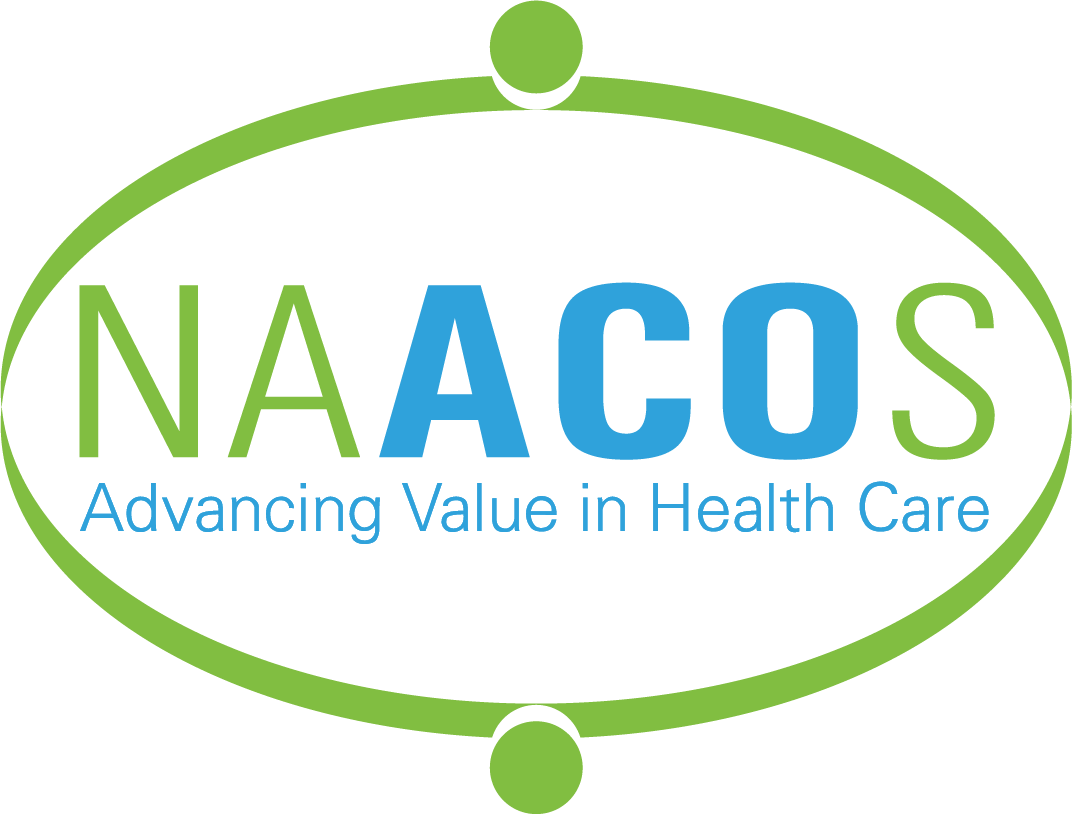NAACOS Outlines Thoughts on Medicare Physician Payment Reform
June 25, 2024
Highlights
- Value-based care has grown tremendously over the last decade, but existing incentives are expiring.
- Congress has been working to identify how to improve physician payment while supporting and better incentivizing value-based care.
- NAACOS has offered a number of recommendations, including around financial and non-financial incentives, along with reforms to the CMS Innovation Center.
By Aisha Pittman, MPH, Senior Vice President, Government Affairs, NAACOS, and Robert Daley, Director, Legislative Affairs, NAACOS
In addition to generating billions of dollars in savings and improvements in quality, value-based care models have had a profound impact on the daily lives of patients and their families. Millions of patients in these models benefit from better coordinated care and services not covered by Medicare, including patient outreach and social supports like housing and transportation assistance.
Incentives to participate in Medicare’s advanced alternative payment models (APMs) have proven successful in transitioning clinicians to value-based care models. In the last decade, the number of clinicians qualifying for Medicare’s advanced APM incentive has increased by nearly 300 percent or quadrupled.
Unfortunately, our work isn’t done. The ability to earn these incentives, which have already been extended by Congress twice, will expire at the end of this year. The once-a-year lump sum payment will be replaced by a bigger update in fee-for-service payments. However, as NAACOS has previously explained, incentives to participate in advanced APMs will lag behind what physicians receive for not participating in advanced APMs.
Congress has recognized this need to update Medicare’s physician payment system and is working through various hearings, papers, and other efforts to lay the groundwork for broader reform. Key issues that lawmakers are looking to address include incentivizing value in Medicare physician payment, improving chronic care management and primary care, and helping the CMS Innovation Center to better its work. NAACOS has shared its recommendations with key committees on Capitol Hill and summarizes them below.
Adequate physician payments
Medicare payment to physicians has not kept up with rising costs. This underinvests in primary care and limits availability of resources needed to move to value-based care models. When fee-for-service payments are inadequate, clinicians are unable to make the needed investments to innovate care. Therefore, it’s essential that Congress stabilize Medicare’s physician payment system to account for inflation.
APM incentives
In its work, Congress needs to address APM incentives in both the short and long term. For the short term, lawmakers should extend the current incentives to allow more time to pass more substantial payment reforms. Along with a short-term extension of bonuses, Congress should address challenges with the existing incentive structure.
In the long term, Congress needs to provide higher payment updates for clinicians in APMs. For examples, clinicians in advanced APMs could receive a payment of one and three-quarters of the update; clinicians in other APMs could receive a payment update of one and one-half of the update, or at a minimum, automatically receive the highest payment update under MIPS. To eliminate the cumbersome participation thresholds under current law, lawmakers could base the incentive on clinicians’ revenue through the APM. This idea has been supported by the Medicare Payment Advisory Commission. Another option is to base the incentive on the number of clinicians in the APM.
Non-financial incentives
If Congress is looking for additional carrots to move more clinicians into advanced APMs, they should look further at non-financial incentives, which have not been strong enough, unfortunately. Ideas in this space include:
- Exempt clinicians in APMs from MIPS reporting requirements;
- Increase program flexibility in APMs;
- Provide additional technical assistance;
- Improve primary care payments;
- Eliminate arbitrary distinctions that place certain providers at a disadvantage; and
- Identify opportunities to ensure APMs and Medicare Advantage are both viable options for innovating care.
CMS Innovation Center reforms
The CMS Innovation Center has played an important role in the movement to value-based care. While the Innovation Center had many successes in the ACO space, much has been learned that can be applied through additional updates to the law that governs CMMI. These include:
- Direct CMMI to focus on filling current gaps in APM opportunities for medical specialists, safety-net, rural, small, and other practices that have struggled to join APMs;
- Broaden the criteria for the expansion of CMMI models to include improving access to care or enhanced benefits to patients, for example;
- Provide more opportunities for stakeholder engagement during the model development process;
- Make more data available so stakeholders can develop models that have a higher likelihood of producing actuarial savings; and
- Improve evaluation strategies by providing more data on the effectiveness of specific innovations and waivers and better controlling for other variables such as complications due to model overlap.
Conclusion
NAACOS is excited these important issues are receiving the attention they deserve. Value-based care has grown tremendously over the last decade. Congress has an opportunity to apply lessons learned to take the next important step to creating a health system that rewards better quality care at lower costs.
